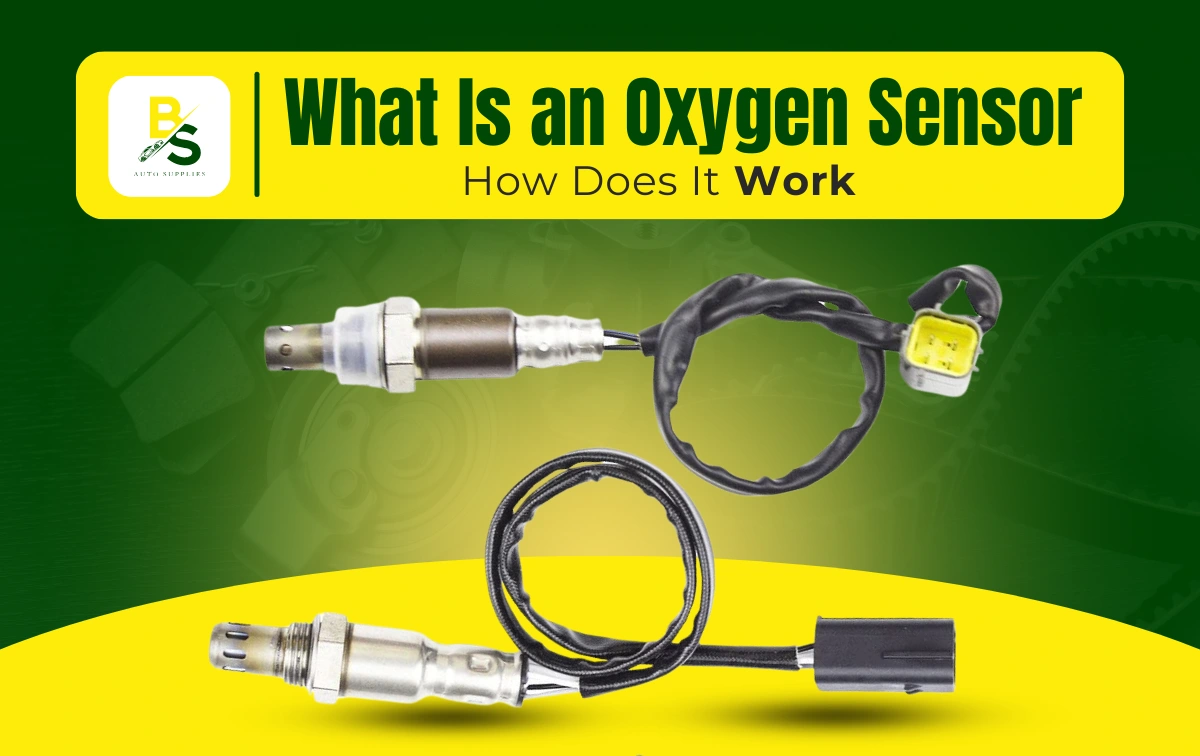Modern vehicles rely on a network of sensors to ensure optimal performance; among these, the oxygen sensor plays a critical role. Found in virtually all cars manufactured after the 1980s, the oxygen sensor helps regulate the air-to-fuel ratio, improving engine efficiency and reducing emissions. If you're looking for a High-Quality Oxygen Sensor for Nissan Pathfinder in Brooklyn, this guide will help you understand what an oxygen sensor is, how it works, and why it’s essential for your vehicle.
What Is an Oxygen Sensor?
An oxygen sensor, also known as an O2 sensor, is a small electronic device located in a vehicle's exhaust system. Its primary function is to measure the amount of oxygen in the exhaust gases exiting the engine. Doing so provides data to the car's engine control unit (ECU) to adjust the air-to-fuel ratio for optimal combustion.
A properly functioning oxygen sensor ensures:
- Improved fuel efficiency
- Reduced harmful emissions
- Enhanced engine performance
A functional oxygen sensor is vital to passing inspections and maintaining eco-friendly driving habits in a city like Brooklyn, where emissions regulations are strict.
How Does an Oxygen Sensor Work?
The oxygen sensor generates a voltage signal based on the oxygen levels in the exhaust gases. Here’s a simplified breakdown:
- Measuring Oxygen Levels: The sensor detects the oxygen content in the exhaust gases and compares it to the oxygen in the ambient air.
- Voltage Signal Generation: The sensor produces a voltage signal based on the oxygen levels. A high voltage indicates a rich air-fuel mixture (too much fuel), while a low voltage signals a lean mixture (too much air).
- Feedback to ECU: The sensor sends this signal to the ECU, which adjusts the air-to-fuel ratio accordingly. This feedback loop occurs continuously to maintain optimal engine performance.
Vehicles like the Nissan Pathfinder often have multiple oxygen sensors—one before the catalytic converter and one after—to monitor and improve the efficiency of the exhaust system.
Common Signs of a Faulty Oxygen Sensor
Over time, oxygen sensors can degrade or fail due to wear, contamination, or exposure to extreme temperatures. Here are some symptoms of a faulty oxygen sensor:
- Check Engine Light: One of the first indicators is the illumination of the check engine light.
- Poor Fuel Economy: A bad sensor can cause the engine to burn more fuel than necessary.
- Rough Idle or Stalling: Inconsistent air-to-fuel ratios can lead to performance issues.
- Failed Emissions Test: Emissions can exceed legal limits without accurate oxygen readings.
- Increased Exhaust Emissions: A faulty sensor can cause your car to emit more pollutants.
If you notice any of these issues, it’s time to consider a replacement. Finding a reliable oxygen sensor in Brooklyn, especially for specific models like the Nissan Pathfinder, is crucial.
Types of Oxygen Sensors
There are several types of oxygen sensors used in vehicles, including:
- Zirconia Sensors: The most common type, using a zirconium dioxide element to generate voltage.
- Titania Sensors: These work by varying resistance instead of generating voltage.
- Wideband Sensors offer more precise readings and are used in high-performance engines.
For a Nissan oxygen sensor in Brooklyn, choosing the correct type that matches your vehicle’s specifications is essential.
How to Replace an Oxygen Sensor
Replacing an oxygen sensor is straightforward for those with basic mechanical knowledge. Here’s a general step-by-step guide:
- Locate the Sensor: Identify the faulty sensor using a diagnostic tool.
- Disconnect the Battery: For safety, disconnect the car battery before starting.
- Remove the Old Sensor: Use an oxygen sensor socket to remove the old unit.
- Install the New Sensor: Thread the new sensor into place and tighten it securely.
- Reconnect the Battery: Reconnect and clear any error codes once the sensor is installed.
For professional assistance, many auto shops in Brooklyn offer affordable services. Knowing the oxygen sensor replacement cost in BrooBrooklyn's oxygen sensor replacement cost klyn can help you budget for this maintenance task.
Why Choose a High-Quality Oxygen Sensor?
Investing in a high-quality oxygen sensor ensures durability, accurate readings, and long-term performance. Cheaper alternatives may save money initially but often result in frequent replacements and subpar performance.
When searching for a High-Quality Oxygen Sensor for Nissan Pathfinder in Brooklyn, consider trusted suppliers like Bs Auto Supplies, known for their reliability and wide selection of automotive components.
Factors Affecting Oxygen Sensor Price in Brooklyn
The cost of an oxygen sensor varies depending on:
- Brand: Premium brands typically cost more but offer better quality.
- Type: Wideband sensors are more expensive than standard ones.
- Labor Costs: If hiring a professional, labor charges add to the total cost.
On average, the oxygen sensor price in Brooklyn ranges from $50 to $200 for the part alone. Professional replacement services can add $100 to $150 in labor costs.
Benefits of Replacing a Faulty Oxygen Sensor
Replacing a faulty oxygen sensor offers several advantages:
- Better Fuel Economy: Optimizing the air-to-fuel ratio can save money on fuel.
- Reduced Emissions: Helps your vehicle stay compliant with environmental standards.
- Improved Performance: Ensures smoother engine operation.
- Extended Engine Life: Prevents excessive strain on engine components.
Conclusion
The oxygen sensor may be a small component, but it plays a significant role in your vehicle’s performance and environmental impact. Understanding its function and importance can help you maintain your car efficiently.
If you’re looking for a High-Quality Oxygen Sensor for Nissan Pathfinder in Brooklyn, or need assistance finding a reliable oxygen sensor in Brooklyn, Bs Auto Supplies is your go-to source. They provide top-notch parts and services to keep your vehicle running at its best.
Ensure your car stays fuel-efficient, environmentally friendly, and performs optimally by keeping your oxygen sensor in excellent condition.






0 Comments